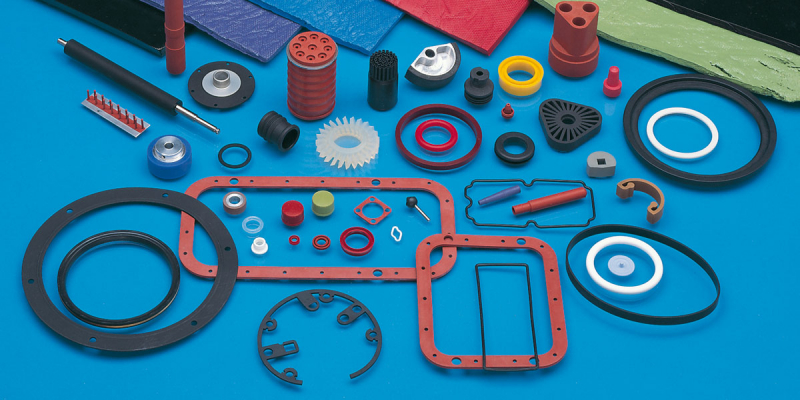Rubber Moulding Tolerances

These top tips on rubber moulding tolerances are based on speaking with design engineer customers and DP Seals 40 plus years experience in the custom rubber seals, gaskets and mouldings business.
Tip 1: Consider the use of a custom rubber seal, gasket or moulding where you need to build in more dynamic functionality or hold precise tolerances.
Using a standard part in a custom design or bespoke application can often restrict the products ability to work at its very best. Understanding the demands, size of the component and space that the seal, gasket or moulding needs to work in all becomes very important.
Tip 2: Don’t bias tolerance on drawings towards metallic, machined or turned parts. Rubber is quite different!
Custom design offers some real advantages over standard components but what we often find is that there is a default tolerance on drawings that can be biased toward metallic, machined or turned parts. Rubber is quite different and due to its nature as a material this must be taken into account. For example – shrinkage from the mould tool cavity.
Tip 3: Use a manufacturer with in house tooling and moulding
At DP Seals we fundamentally use a closed cavity system of moulding. This allows us to control material very well and therefore maintain tight tolerances of up to two thousandths of an inch or 50 microns.
Tip 4: Only specify tight tolerances where you actually need them.
Specifying tight tolerances for all parts of the design can create more cost and complexity when it might not be required. Only specify tight tolerances where you really need it.
Summary
We’ve touched on some of the key things design engineers should consider in respect to tolerances when designing rubber, seals, gaskets or mouldings. We’ve mentioned:
- Considering custom designs where you need to build in more dynamic functionality or hold precise tolerances
- Considering things like shrinkage from the mould tool cavity in your drawings when using rubber
- Using a manufacturer with in-house tooling and moulding to save time and improve communication
- Only specifying tight tolerances where you actually need them.
If you have any questions about this post please get in touch with our rubber technologists.
Watch the video.